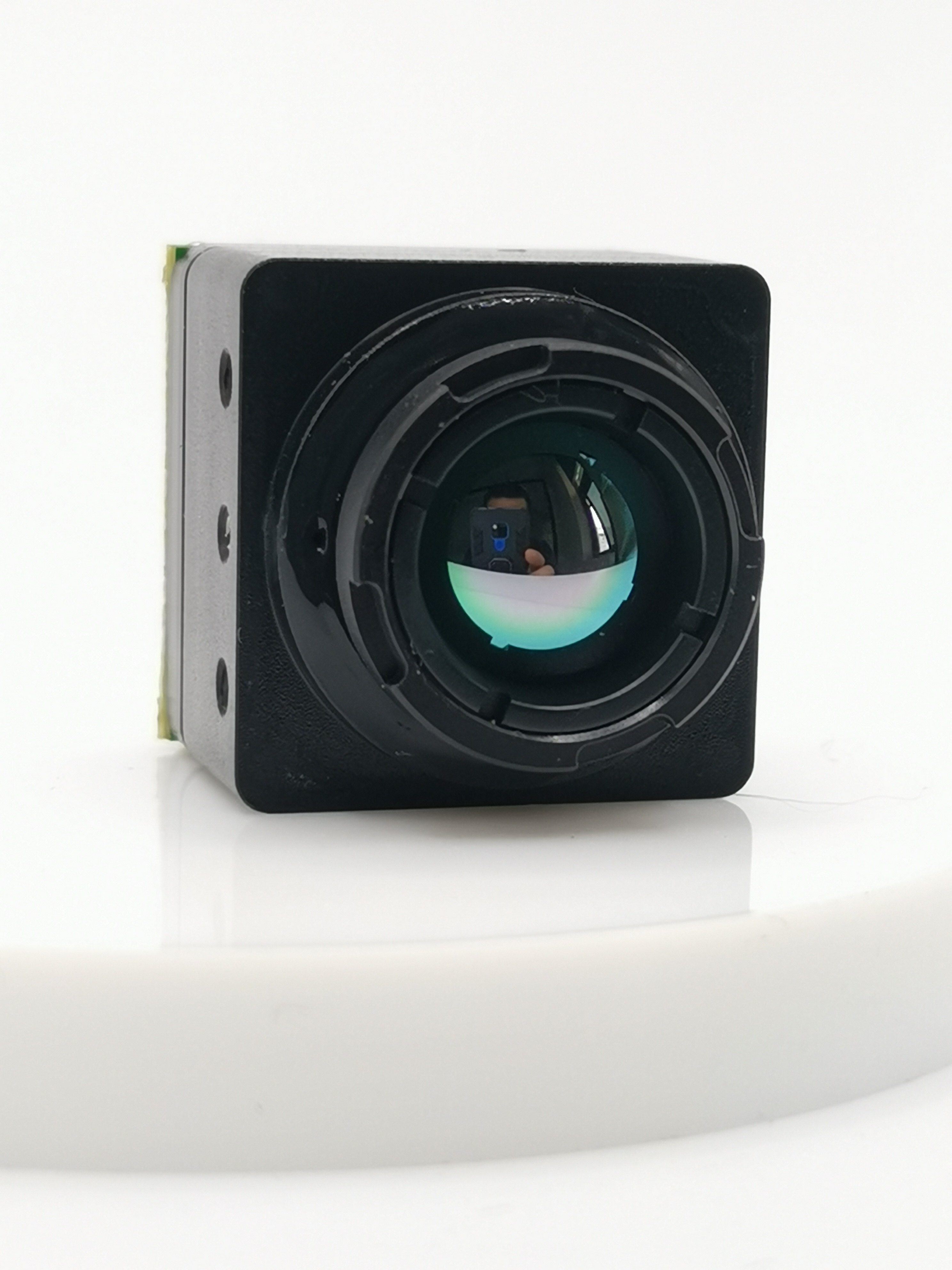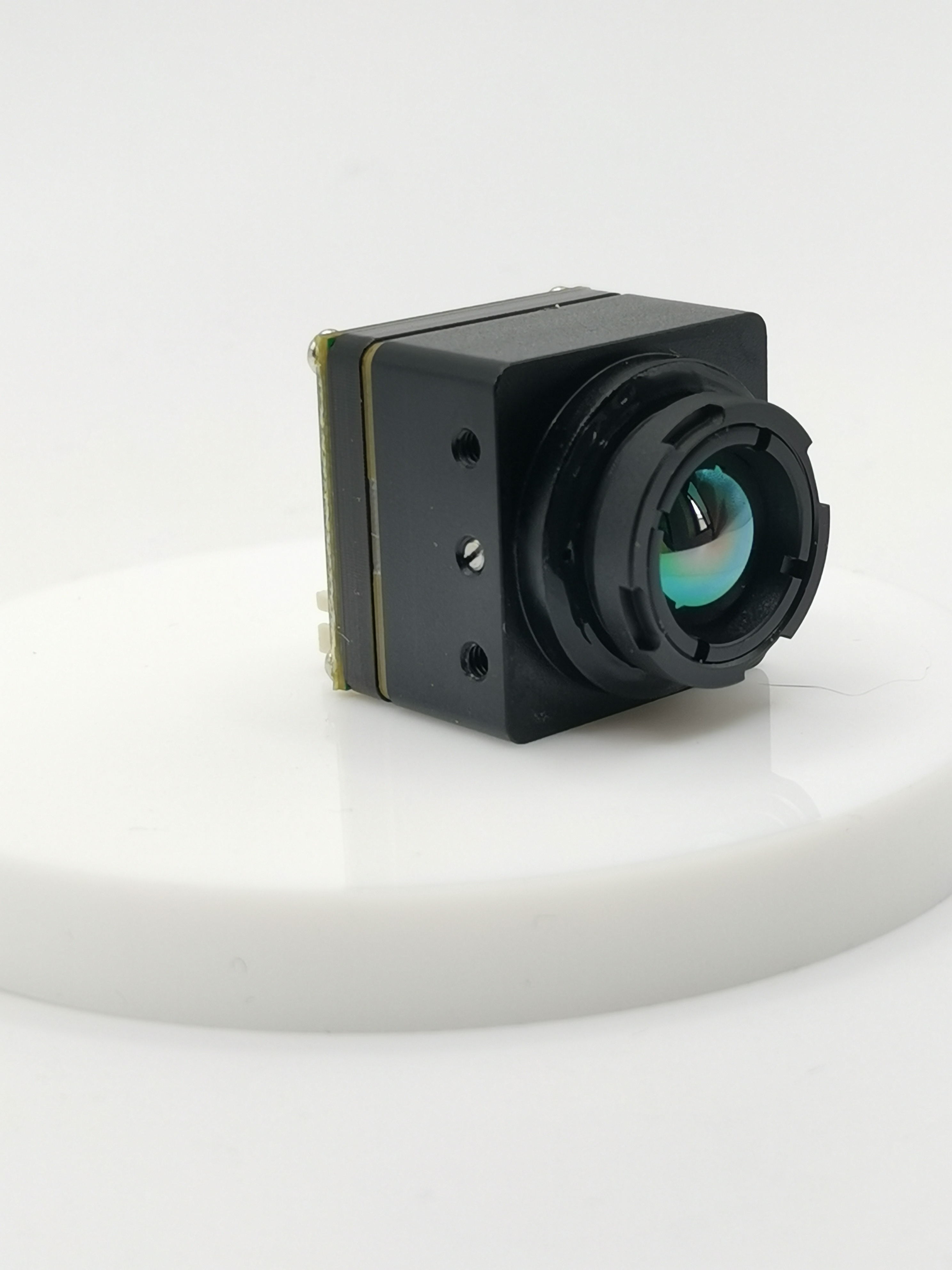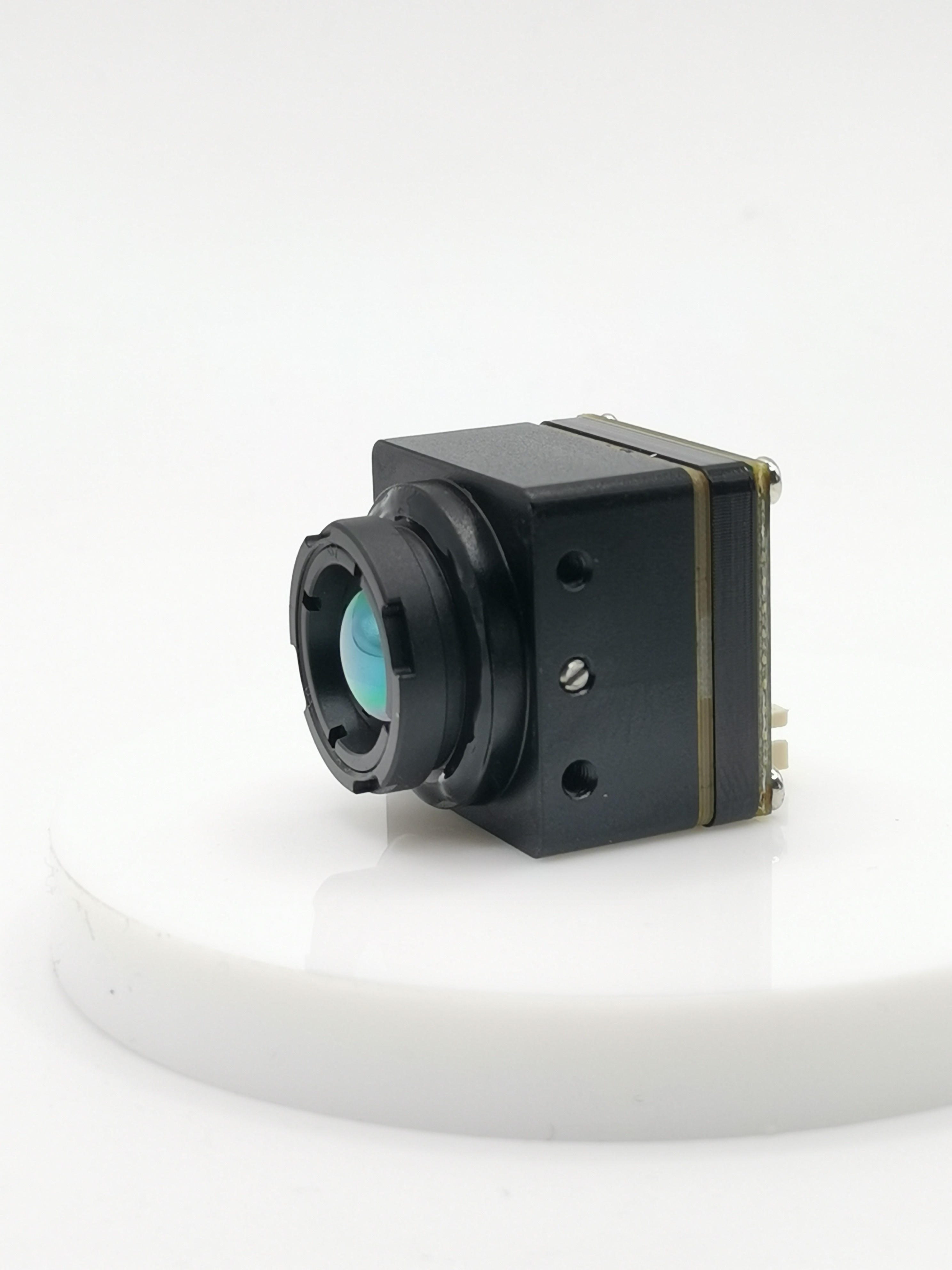Unveiling the Power of Drone Thermal Camera Kits in Inspections

Drone thermal camera kits offer a cutting-edge solution for inspections, revolutionizing the way we view structures and landscapes. The drone thermal camera images provide a unique perspective by capturing heat signatures invisible to the naked eye. With the rise in demand for precise data collection, these kits have become indispensable tools across various industries. Today, we delve into the realm of thermal imaging and explore its significance in enhancing inspection processes. Let's uncover the potential of drone thermal camera kit technology and its applications that are reshaping traditional inspection methods. Additionally, the drone thermal camera Mavic 2 series stands out for its advanced features, making it a top choice for professionals. The drone thermal c capabilities further enhance the accuracy and efficiency of inspections, setting new standards in the industry.
The Technology Behind Drone Thermal Cameras

Understanding the intricate workings of drone thermal cameras is essential to grasp their significance in modern inspections. These innovative devices combine advanced technology to capture and interpret thermal data effectively.
How Drone Thermal Cameras Work
Thermal imaging basics form the foundation of drone thermal camera functionality. By detecting heat signatures emitted by objects, these cameras translate temperature variations into visible images. Integration with drones elevates this capability, enabling aerial surveys for a comprehensive view of structures and landscapes.
Features of Drone Thermal Camera Kits
The resolution and accuracy of drone thermal camera kits are paramount for precise inspections. High resolution ensures detailed thermal images, aiding in identifying anomalies or inefficiencies. Moreover, durability and weather resistance are key attributes that enhance the longevity and adaptability of these kits in various environmental conditions.
Applications in Different Industries

Building Inspections
Thermal imaging sensors on drones play a crucial role in building inspections, offering unparalleled insights into structural integrity and energy efficiency. By detecting thermal irregularities, these innovative tools enable professionals to identify areas of concern with precision.
Identifying Heat Loss
One of the primary applications of drone thermal cameras in building inspections is identifying heat loss. Through thermal imaging, experts can pinpoint areas where heat escapes from a building, leading to energy inefficiencies. By addressing these issues promptly, property owners can enhance energy conservation efforts and reduce utility costs effectively.
Detecting Water Damage
Detecting water damage is another critical aspect of building inspections that benefits from thermal imaging technology. Water intrusion can often go unnoticed until significant damage occurs. With the help of drone thermal cameras, inspectors can identify moisture accumulation within structures, facilitating early intervention and preventing extensive harm.
Industrial Inspections
In the realm of industrial inspections, the utilization of thermal drones has transformed maintenance practices and safety protocols across various sectors. These advanced tools provide real-time data for proactive decision-making and risk mitigation strategies.
Monitoring Equipment
The ability to monitor equipment using thermal drones enhances predictive maintenance programs in industrial settings. By capturing temperature differentials on machinery components, maintenance teams can detect potential failures before they occur, optimizing operational efficiency and minimizing downtime.
Ensuring Safety
Safety is paramount in industrial environments, and thermal drones contribute significantly to ensuring a secure workplace. By conducting aerial surveys with thermal imaging capabilities, safety officers can identify overheating equipment or electrical faults proactively, reducing the risk of accidents and enhancing overall workplace safety measures.
Agricultural Inspections
In the agricultural sector, the integration of drone thermal cameras has revolutionized farming practices by providing valuable insights into crop health and livestock management. These technological advancements have optimized agricultural operations and increased productivity levels significantly.
Crop Health Monitoring
Crop health monitoring through thermal imaging enables farmers to assess plant conditions efficiently. By analyzing temperature variations across fields, agricultural professionals can identify areas requiring irrigation or pest control measures promptly. This proactive approach enhances crop yields and ensures sustainable farming practices.
Livestock Management
Livestock management benefits immensely from thermal drone technology, allowing farmers to monitor animal well-being remotely. By detecting anomalies in body temperatures or identifying herd locations efficiently, farmers can optimize feeding schedules and ensure optimal living conditions for their livestock.
Case Studies and Examples
Successful Building Inspections
Commercial Buildings
Commercial roof inspections are now more efficient with the integration of drone thermal cameras.
Inspection teams utilize thermal sensors to identify areas of concern, such as water ponding, before taking corrective action.
By employing drones equipped with thermal cameras, inspectors can verify structural integrity and potential issues without physical risk.
Residential Buildings
In the realm of residential building inspections, thermal cameras on drones play a vital role in ensuring safety and efficiency.
These advanced tools enable inspectors to detect anomalies like heat loss or moisture accumulation promptly.
By utilizing drone thermal camera images, professionals can provide homeowners with detailed reports on their property's condition.
Industrial Inspection Success Stories
Power Plants
The use of thermal drones in power plants has revolutionized maintenance practices and safety protocols.
Thermal imaging technology allows for real-time monitoring of equipment, enhancing predictive maintenance programs.
By analyzing temperature differentials using drone thermal cameras, maintenance teams can prevent potential failures and ensure uninterrupted operations.
Manufacturing Facilities
Thermal cameras mounted on drones are reshaping inspection processes in manufacturing facilities worldwide.
These innovative tools provide valuable insights into equipment performance and structural integrity.
With the aid of drone thermal camera kits, manufacturers can optimize production processes and minimize downtime effectively.
Future Trends and Recommendations
Advances in Drone Thermal Technology
Improved Sensors
The evolution of thermal drones has led to significant advancements in sensor technology. Enhanced sensors now offer higher precision in capturing thermal data, allowing for more detailed analysis of structures and landscapes. These improved sensors play a crucial role in providing accurate insights during inspections, enabling professionals to detect anomalies with greater efficiency.
Enhanced Software
Alongside sensor improvements, the software integrated into drone thermal cameras has undergone notable enhancements. Advanced algorithms now facilitate the seamless processing of thermal images, resulting in clearer visual representations of temperature differentials. This enhanced software not only streamlines the inspection process but also enhances the overall quality of data collected, empowering users with actionable information.
Drones equipped with thermal cameras are revolutionizing various industries, from monitoring livestock to assisting in search and rescue missions. Thermal drones play a crucial role in energy and utility inspections, ensuring safety and pinpointing faulty equipment. These innovative tools offer solutions for critical tasks across different sectors, such as fire detection, search and rescue missions, and power grid inspections. The wide range of applications and benefits of thermal drones underscores their essential role in modern inspections, paving the way for enhanced efficiency and safety standards.
See Also
Transforming Field Gear Using Thermal Imaging: The Influence of T30 Drone with Thermal Cam
Perfecting Aerial Checks and Monitoring with Mavic Pro Thermal Drone Cam
Mastery of Monitoring and Recon with Drones Featuring Thermal Cams
Tackling Firefighting Obstacles with Thermal Cameras on Drones
Innovating Field Gear with Thermal Cams for Quadcopter Drones
Contact Us: Ms. Coco Huang
E-mail: sales@iasun.cn
WhatsApp/Wechat: +86 13510421923

